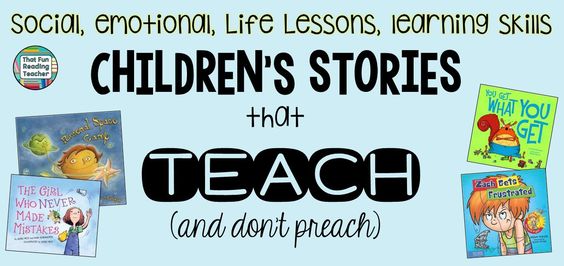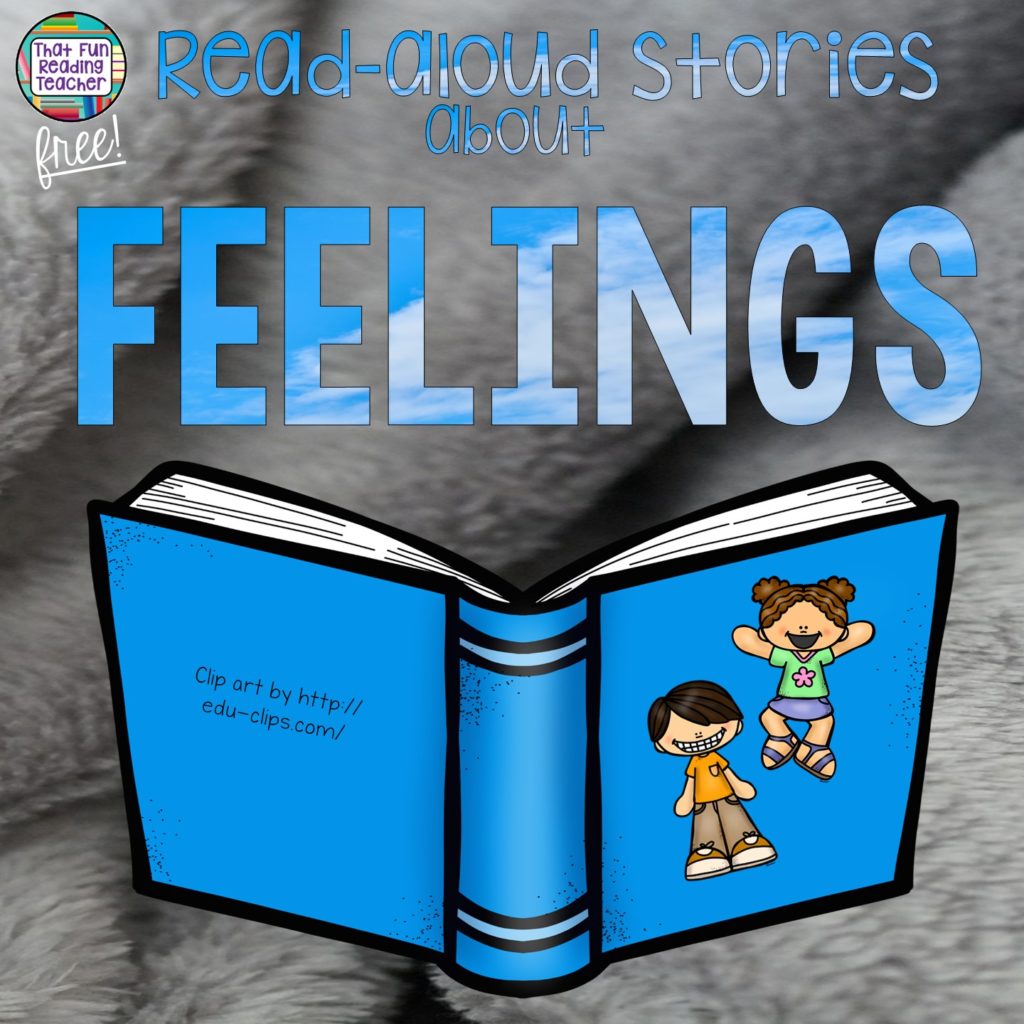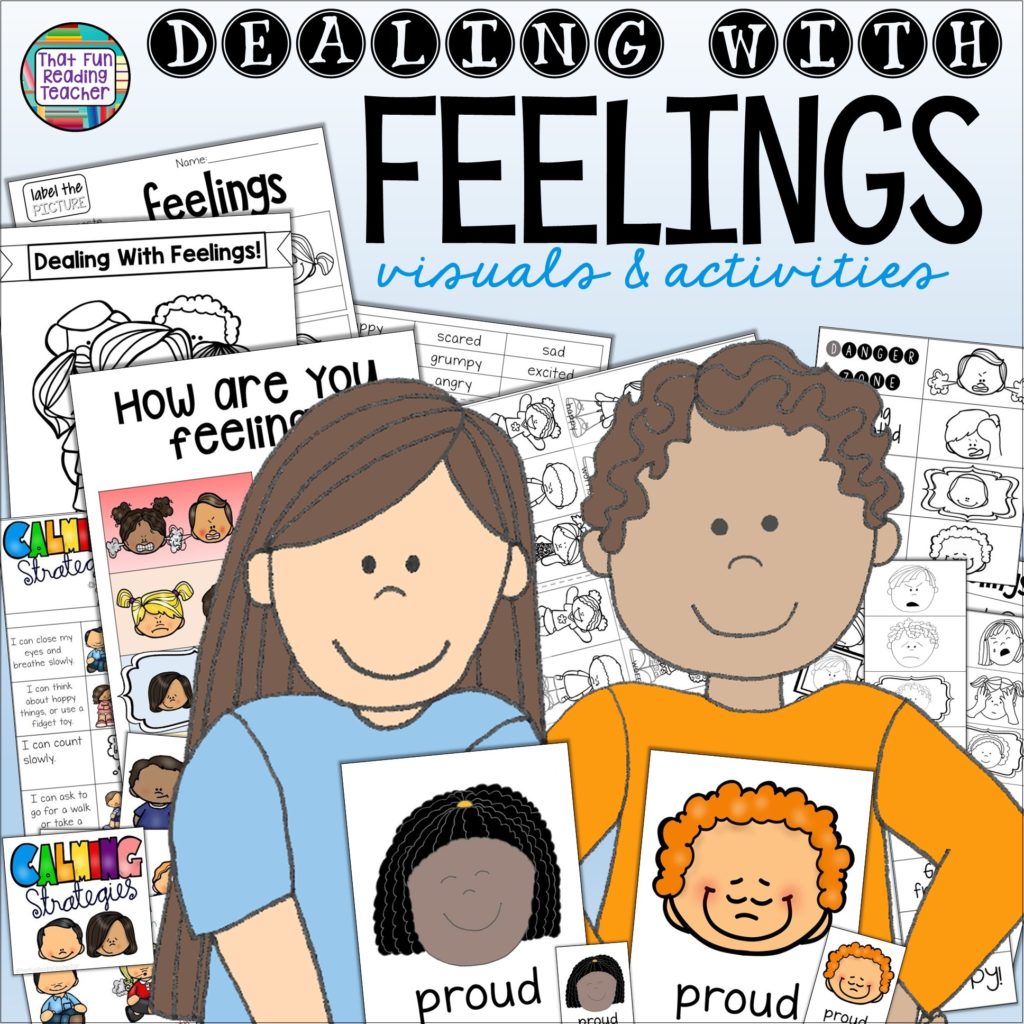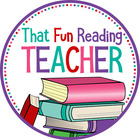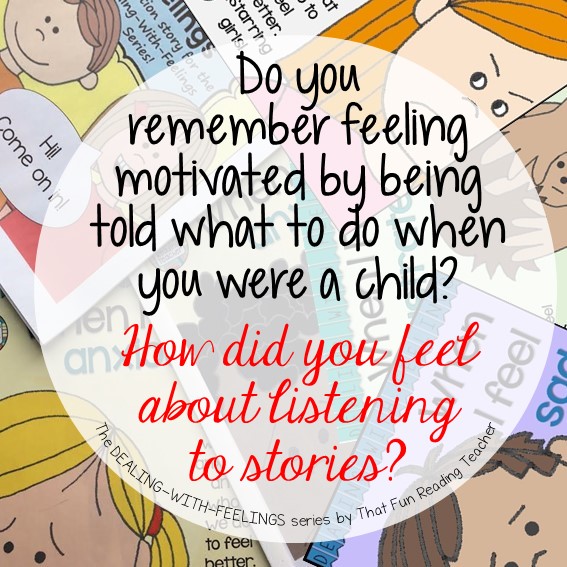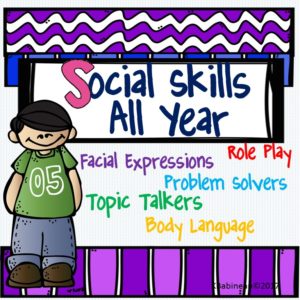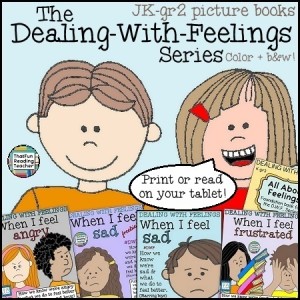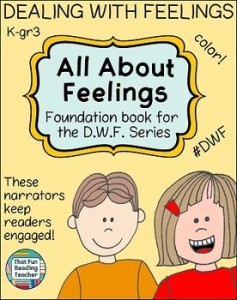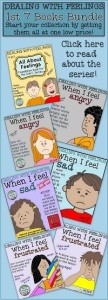Simple ways to help kids communicate their feelings!
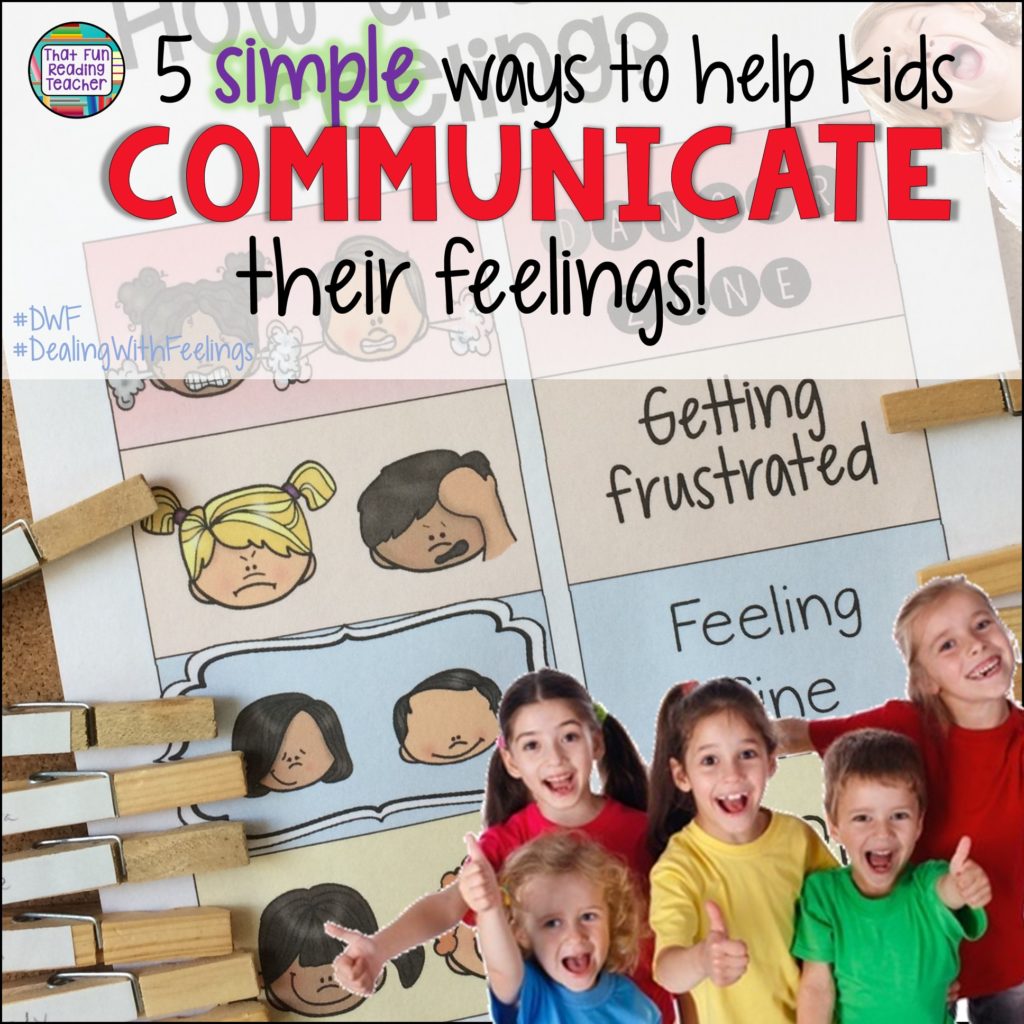
When kids are comfortable with communicating their feelings, they often end up communicating what they most deeply need. When their feelings are validated, the groundwork for self-regulation is being put into place. And so, fitting emotional literacy naturally into a child’s life early simply makes good sense.
Here are 5 simple ways to help kids communicate their feelings:
1. Communicate feelings yourself (and encourage role-models to do so, too)!
Kids do what we do. They observe and experience how the adults and role models in their lives identify, accept and manage their own feelings and the emotions of others, and use what they have processed as a basis for their own beliefs and practices.
Whenever we, the grown ups, can use language including “I feel, I felt, I remember feeling, etc.” we are making a deposit into the emotional language banks of the children in our presence.
Many people find discussing feelings and emotions difficult, and the toughest part can be starting the conversation. The good news is that the first conversations about feelings do not have to be personal!
2. Read stories!
Even in kindergarten, there are children who are already uncomfortable about discussing their own feelings. I have yet to meet a little person who is not willing to hear a story or watch something on YouTube!
I have been developing the Dealing With Feelings stories since 2013, and frequently use them on my iPad when needed, providing students with a line-art copy to color. The characters in these stories model emotional literacy on a level that kids can relate to.

Dealing With Feelings Stories: I simply say, “Would you like to hear a story?” and allow the child to discover connections to the character as we read.
(We all know how motivated we are to discuss something we’re uncomfortable with!) Listening to a story is often calming!
There are so many amazing feelings / emotions books available today, that I have a Pinterest board dedicated to them. Check it out:
Many of these stories are also read-aloud on YouTube!
3. Provide pictures showing feelings / expressions!
A child who wants to communicate his or her feelings but does not have the vocabulary to say how he or she feels, can point to a picture s/he relates best to.
Picture dictionaries often have a page dedicated to feelings, which can be bookmarked with a sticky note. Years ago, I made a feelings bulletin board with my firsties from photographs, newspaper and magazine clippings.
Having posters in the classroom is most effective when done appropriately for the group you have. Keeping it simple with fewer posters for younger children is recommended to avoid overwhelming the kids, while lining up multiple posters in older classes can be be especially useful to students who are writing about feelings.
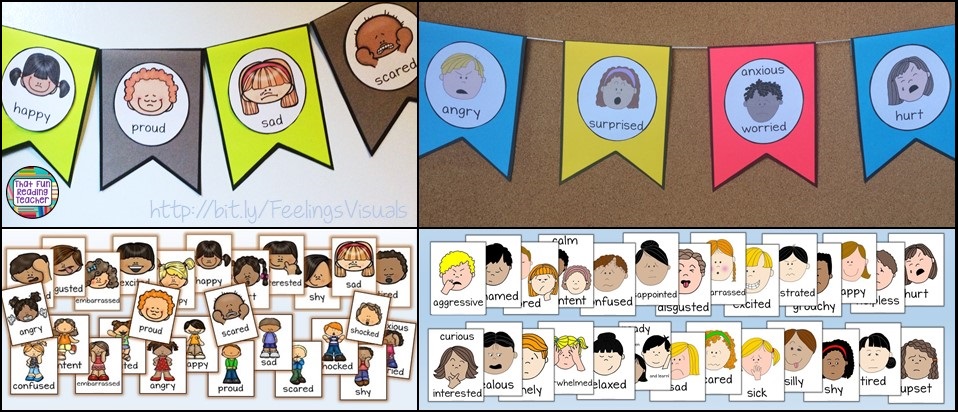
I like to display half-page feelings flags where kids can point to them. The posters shown at the bottom are 8 1/2 x 11 pages, and are also included as playing cards in my visuals, tools and activities set.
Earlier in my teaching career, I used feelings pictures for individual students on a ring, but have found that (like visual schedules) in recent years, increasing numbers of students benefit from them being posted right on the wall (and the rings are easily misplaced)!
4. Feelings scales
Feelings scales can be used for an entire class or for individuals. In the photo below, the kids’ names are on clothes pegs, and the feelings scale has been printed on thick card paper and laminated.
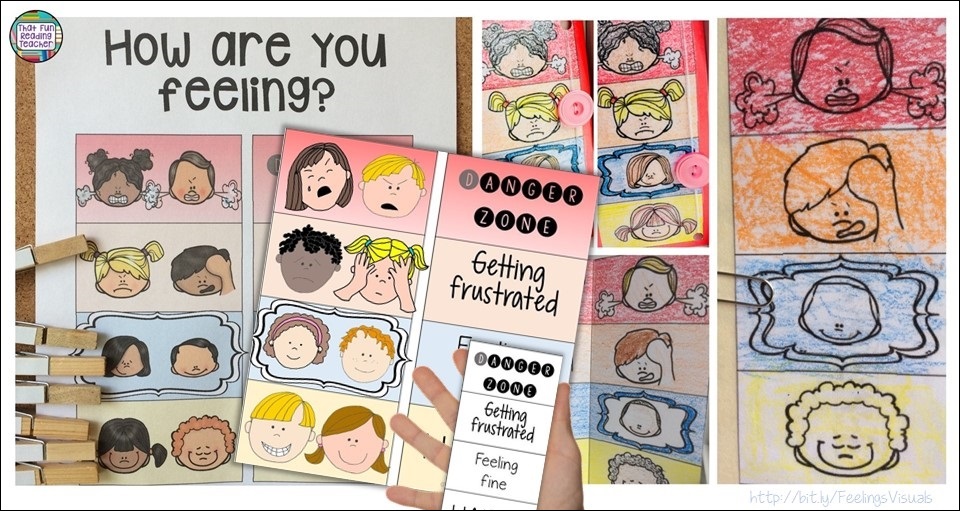
Feelings scales like these make it easier for kids to communicate their emotions without saying a word. Students can answer “How are you feeling?” by simply pointing to a picture, or with the slide of a paperclip, button or placement of a clothes peg. (The button slider pictured in the top middle doubles as a fidget toy!)
I’ve used feelings scales with individual students. They are especially helpful with kids whose frustration moves into raging anger quickly, and lose control. With a feelings scale, a child can make it clear to themselves, and others, when they are becoming frustrated, so that measures can be put in place to prevent further escalation.
5. Work ‘feelings talk’ into daily routines
- Have a star student? If that student is trying to share something with the class and is interrupted, how does it make him/her feel?
- Discussing the calendar, an upcoming holiday? How many people feel excited about it?
- Celebrating a child’s birthday? How does it feel to be the birthday child? Is it normal to feel jealous that it isn’t your own birthday?
- Getting close to outdoor time? Have an over-exaggerated, humorous gripe session about the most frustrating part of getting ready for home!
The items pictured in this post are a part of:
Follow me on Facebook for update news on this product!
Best wishes to all of you, your families and students!
Ida Mae
Related:
